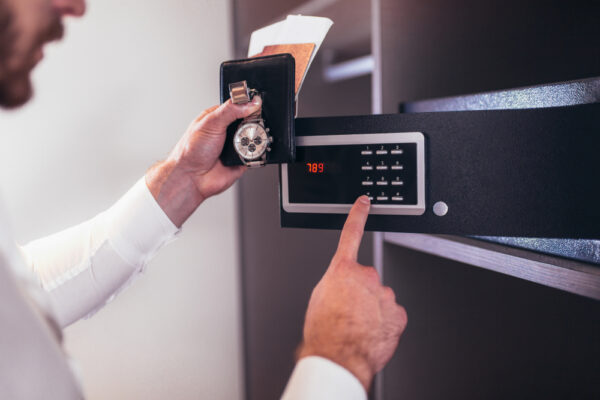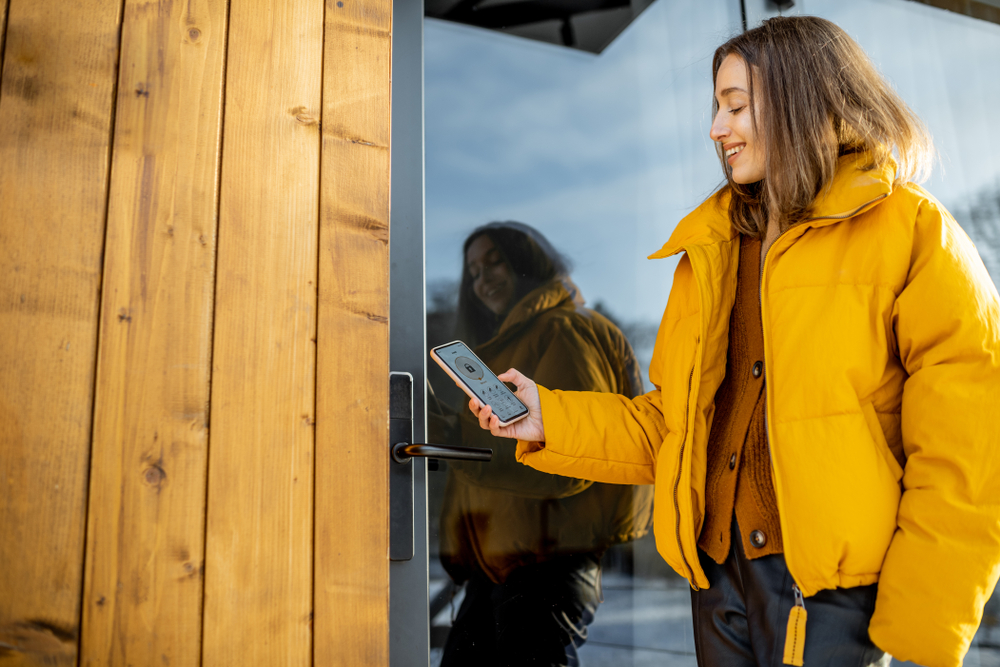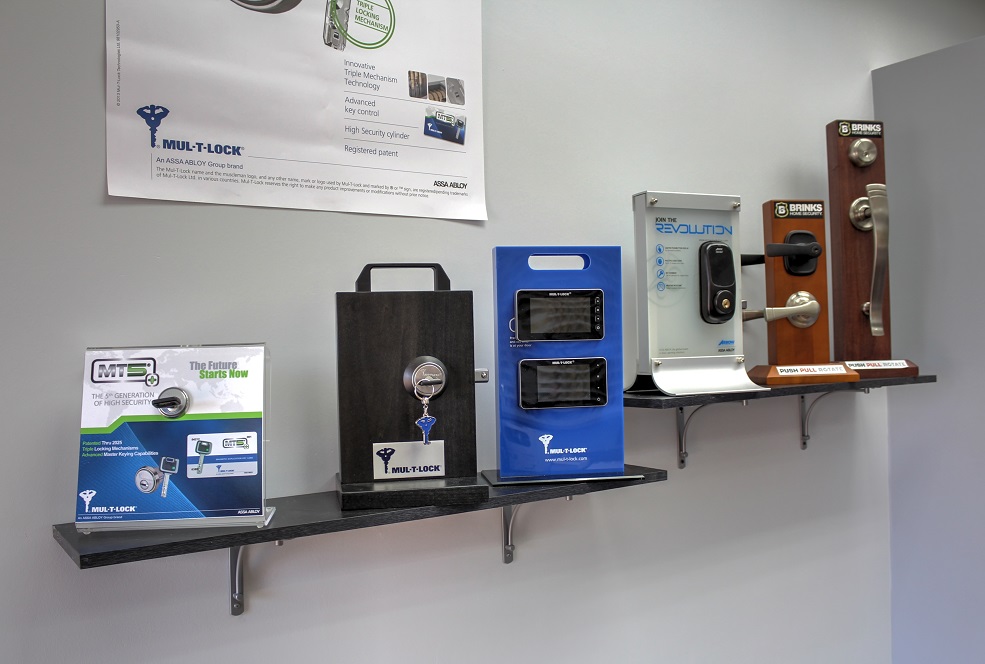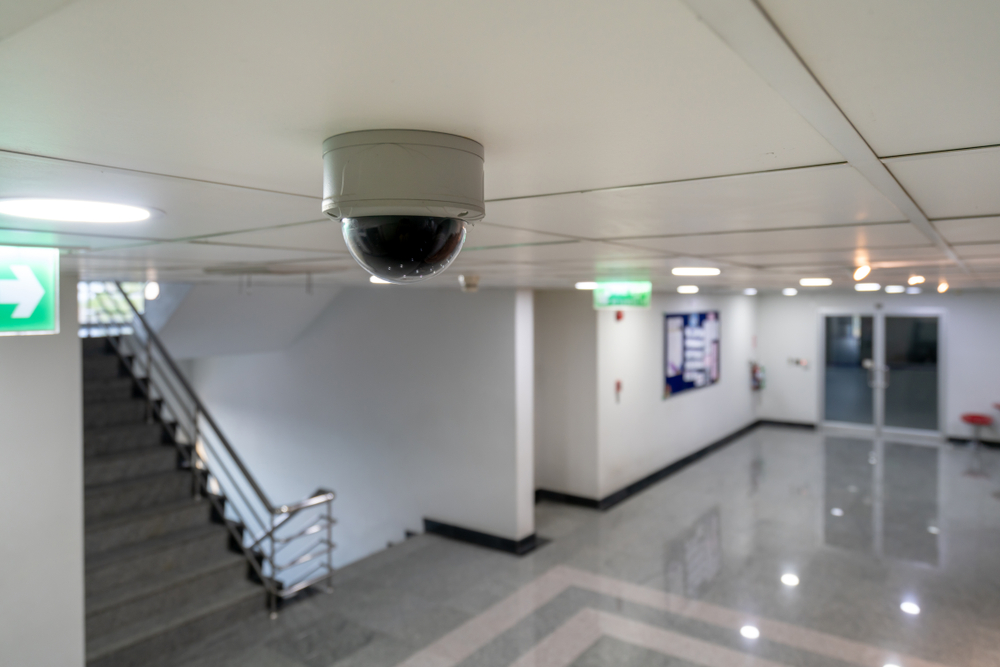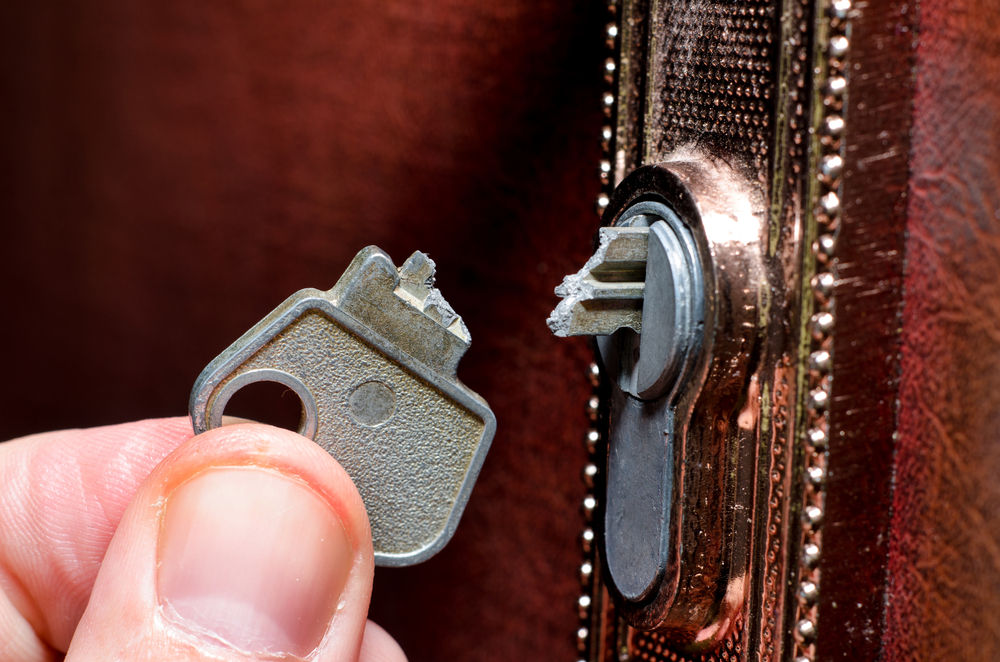
3 Ways to Extract a Broken Key From a Lock
You’re arriving at your home after a long day of work. You’re excited to Key broken and stuck in the door? It happens!
What causes this breakage?
- Sometimes this occurs due to normal wear and tear on a key over time. The teeth on the key get worn down and can make it difficult for the teeth to catch onto the lock.
- In a hurry? Using excessive force can sometimes break a key in an instant.
- Other times it can be due to the key being a cheap duplicate!
No matter the cause of your key breaking in the door, we can all agree that it’s a huge pain. The question becomes, how can you extract it and move on about your day?
3 Ways to Extract a Broken Key
Tweezers
This is usually the go-to tool when a key breaks off in a door for most people. Two things you need to be aware of is how far the key has broken off in the lock, and how wide/thick the tweezers are. Thin tweezers that open wide are ideal for the job. Too thick tweezers won’t allow you to position them along the sides of the key, while tweezers that don’t open wide enough will not be able to grasp it.
The last thing you want to do is end up pushing the key further in the locking mechanism. This method will only work if there’s a little bit of key sticking out. Pushing the key deeper is more likely to happen if this isn’t the case.
Jigsaw Blade
This is probably the most time-consuming method of them all and will most likely require a trip to your local hardware store. However, if available, use two jigsaw blades when trying to extract a broken key. Insert both blades on opposite sides of the key.
For this to be successful, the blades must be thin enough. Be sure the blades are also faced down so that they can hook the teeth of the key. After doing so, simply turn and pull.
If it doesn’t work the first time, try again!
Super Glue
This should be your last option if all else fails. While we do not always agree with this method, because it can end up making things worse, this is an option that can be pulled off if done correctly.
The trick here is to utilize something small like a match and glue it to the key. Mind you, this only works if part of the key is sticking out. After creating a firm bond between the two, try pulling the key out of the lock!
Extracting a key isn’t easy all the time. It depends on the type of lock and how the key is broken.
Contact Your Chicago Locksmith
Don’t feel like extracting it? Tried these methods and still came up short? Give us a call at 877-787-3399. With 24/7 service, Quick Key Locksmith & Security can get the job done fast and affordable when needed. Not only can we remove the key, we can also create a duplicate key.

